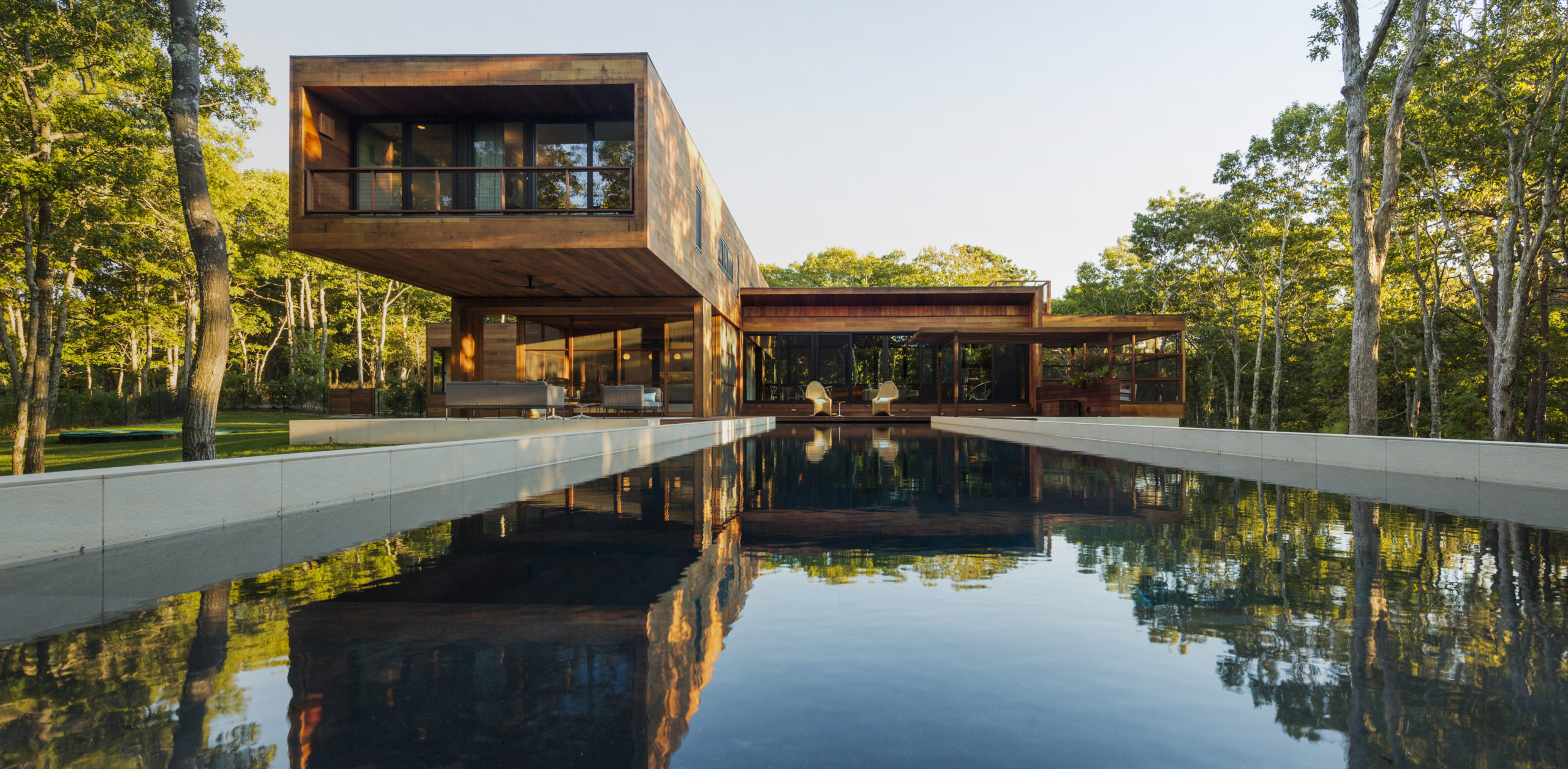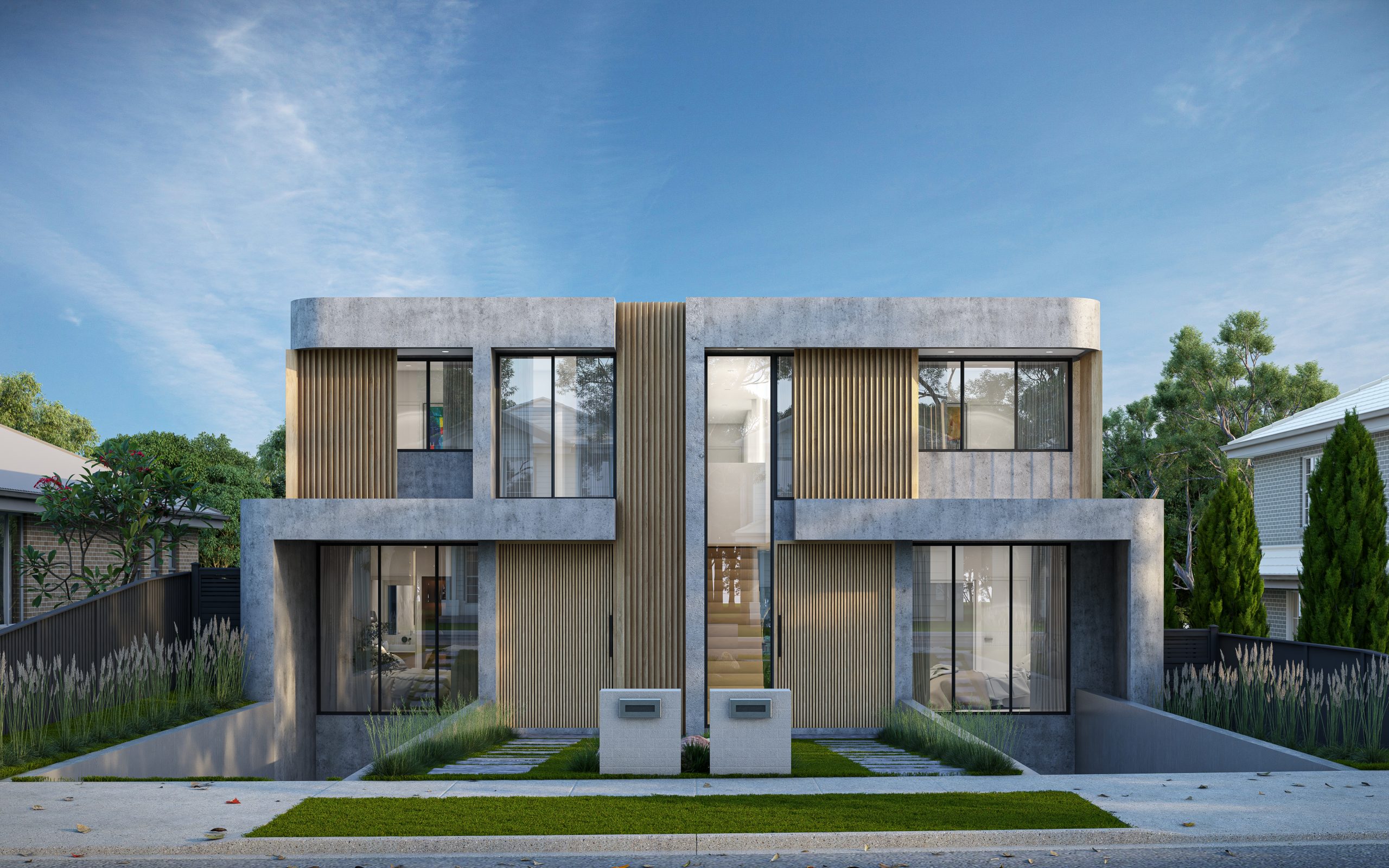Exactly How Residential Architects Develop Customized Residences for Every Way Of Life
The procedure whereby property architects style tailored homes is a nuanced interaction of comprehending client demands and equating those understandings into practical space. Through extensive assessments and the usage of design tools, designers catch the essence of their customers' way of lives, making sure that each home mirrors individual worths and desires. This joint technique expands beyond preliminary principles, incorporating ingenious innovations and sustainable practices to boost everyday living. As we check out the detailed actions included in this transformative process, a deeper admiration for the designer's duty fit special settings begins to arise.
Recognizing Client Requirements

Efficient communication is vital in this process. Architects should encourage clients to verbalize their lifestyles, family dynamics, and future goals, ensuring that the style reflects their special identification. By using devices such as sets of questions, meetings, and visual studies, architects can collect important insights right into the customer's vision.
Moreover, recognizing the context in which a home will exist is necessary. Engineers have to consider variables such as the site characteristics, neighborhood climate, and social influences that can influence the layout. This holistic approach allows for the creation of rooms that are not just cosmetically pleasing however also functional and lasting.
Ultimately, a deep understanding of client needs allows engineers to produce tailored homes that enhance the high quality of life for their passengers, cultivating a feeling of belonging and convenience within their living settings.
Layout Process and Collaboration
The style process in household architecture is a dynamic interplay of creativity and partnership, where designers, customers, and numerous stakeholders work closely to bring a vision to life. This iterative journey commonly begins with a series of conferences to establish an extensive understanding of the client's aspirations, preferences, and lifestyle requirements. Throughout these conversations, engineers gather important details, enabling them to conceptualize designs that line up with the client's vision.
Adhering to the first assessments, the style phase advances with sketches, 3D designs, and building renderings. This visual interaction works as a tool for engineers to present ideas, while additionally inviting customer responses, making sure that the final design reverberates with their expectations. Reliable cooperation with engineers, contractors, and indoor designers is crucial throughout this stage, as it ensures that all useful elements of the project are flawlessly integrated.

Incorporating Way Of Living Components
Incorporating way of life elements into domestic style is essential for developing spaces that really resonate with the inhabitants. residential architecture homes. This process begins with understanding the one-of-a-kind needs, preferences, and daily regimens of the home owners. Architects take part in extensive discussions to discover how the individual or family utilizes their space, whether for entertaining guests, seeking pastimes, or seeking peaceful retreat
As soon as these understandings are collected, designers can customize check this site out layout attributes that improve day-to-day experiences. As an example, open layout might be created for households that prioritize togetherness, while committed work spaces can be incorporated for those who function from home. Outdoor locations, such as gardens or patios, can be highlighted for families that enjoy outside tasks or amusing.
Moreover, adaptability is an essential factor to consider; multi-functional rooms allow for versatility as lifestyles advance with time. Custom storage options can additionally be incorporated to satisfy specific company needs, ensuring that the home remains useful and clutter-free. Inevitably, by thoughtfully weaving way of living elements right into the building fabric, household architects produce customized homes that not only meet visual desires yet additionally substantially enhance the lifestyle for their clients.
Lasting and Smart Layout
Smart and sustainable design increasingly plays an essential role in domestic architecture, as house owners look for to decrease their ecological influence while enhancing their living experiences. Designers are now integrating eco-friendly materials, energy-efficient systems, and cutting-edge technologies to produce homes that not just meet aesthetic desires however additionally serve the planet.
Incorporating eco-friendly energy sources, such as solar panels over at this website and wind generators, allows homeowners to harness natural deposits, dramatically reducing reliance on typical power grids. Smart home modern technologies further enhance sustainability by enhancing power usage with automated systems that regulate cooling, heating, and lighting based on occupancy and preferences.
In addition, using sustainable structure materials-- like reclaimed timber, bamboo, and reused steel-- promotes a round economy, reducing waste and source intake. Engineers likewise highlight passive style principles, ensuring homes are oriented for optimum natural light and air flow, consequently lessening the demand for artificial home heating and cooling.
In enhancement to ecological advantages, smart and lasting design adds to the total comfort and wellness of locals. By focusing on indoor air top quality and natural environments, engineers produce rooms that promote wellness, allowing homeowners to thrive in consistency with their atmosphere.
Settling and Implementing Plans
Wrapping up and implementing strategies is an important stage in the household architecture process, where the vision of a personalized home begins to emerge. This phase involves meticulous interest to information, guaranteeing that every aspect of the style is specifically articulated and ready for building. residential architecture homes. Designers work together carefully with customers to assess final strategies, addressing any final modifications or worries, while making certain that all components line up with the home owner's way of living requirements
Once official statement plans are completed, architects prepare comprehensive building and construction records, consisting of thorough illustrations and requirements that function as a plan for building contractors. These records outline materials, surfaces, and setup methods, giving quality for service providers and subcontractors. Furthermore, securing necessary authorizations and adhering to local building regulations is essential, as it makes certain compliance and smooth task implementation.
By cultivating a collective environment, designers can guarantee that the implementation lines up with the initial vision. Ultimately, this crucial phase changes concepts right into fact, laying the structure for a home that shows the unique way of living and preferences of its citizens.
Final Thought
In conclusion, residential architects play a critical role in crafting customized homes that cater to diverse lifestyles. Via precise understanding of client requirements, collaborative layout procedures, and the combination of way of life elements, architects make sure that each home shows private choices.
The procedure by which household architects design tailored homes is a nuanced interplay of recognizing customer needs and translating those understandings into useful living areas. Via detailed appointments and the use of layout tools, engineers capture the significance of their clients' way of livings, making certain that each home reflects individual values and desires. Designers need to motivate customers to verbalize their way of livings, family characteristics, and future aspirations, making sure that the design shows their unique identity.The layout procedure in domestic style is a dynamic interplay of creative thinking and collaboration, where designers, customers, and numerous stakeholders work carefully to bring a vision to life - residential architecture homes. With precise understanding of customer needs, joint design processes, and the combination of way of life elements, designers ensure that each home mirrors individual preferences